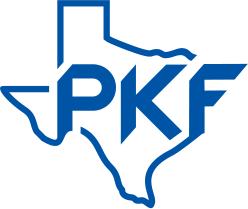Are you ready for a 401(k) audit? There might be questions about the process and what clients can do to be well-prepared for an upcoming audit.
Each client engagement is different, but the process is relatively the same. Here is a simplified explanation of what a 401(k) audit looks like at a glance.
The purpose of a 401(k) audit is to ensure compliance with the Department of Labor (DOL) and Internal Revenue Service (IRS) regulations – Employee Retirement Income Security Act (ERISA) – and employee benefit plan documents. At the end of an engagement, your audit team will provide: an audit opinion (a disclaimer if limited scope); audited financial statements prepared by the engagement team (us), which will be attached to the Form 5500; and a letter to plan governance and management with deficiencies and recommendations to mitigate.
Common deficiencies found in plans include:
- Remittances – timeliness and discrepancies
- Deferral and match discrepancies (primarily eligible compensation issues)
- Eligibility and auto-enrollment/escalation
- Insufficient documentation of fiduciary responsibilities (committee minutes)
- Use of forfeitures
- Required minimum distributions (RMDs) and cash-outs
- Hardships
- Plan amendments and participant notices
Typically, 401(k) engagements can begin as early as May, after Spring corporate audit work, once audit packages are available from third-party administrators. From there, necessary information is pulled from the packages, which leads to making sample selections of participants that will be tested. Onsite fieldwork typically lasts one to two days between the months of May and September or can be done remotely (driven by client preference) and a report is generally delivered in about a month.
How can companies start preparing for a 401(k) audit? There are preliminary actions that can help ensure a smooth engagement, including:
- Engaging with your auditor to discuss fees and timing
- Begin gathering item requests, which are provided in a list from your auditor
- Identifying potential issues after considering deficiencies (listed above)
For more details about 401(k) audits, as well as information related to employee benefit plan and services, visit www.pkftexas.com/BenefitPlanAudits.

